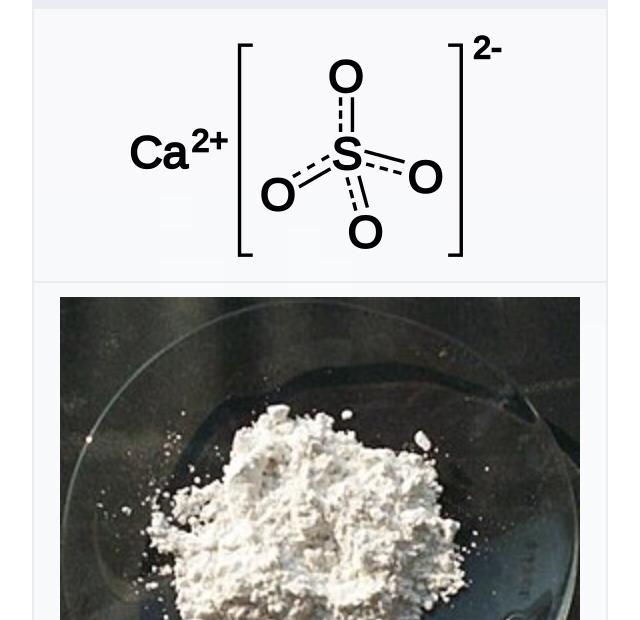Предмет: География,
автор: kanybekovabegimai02
какие материалы могут быть использованы для получения сульфата?
Ответы
Автор ответа:
0
Находится в природе в виде дигидрата CaSO4•2H2O (гипс, селенит) и в безводном состоянии — ангидрит.
Сульфа́т ка́льция (CaSO4) — неорганическое соединение, кальциевая соль серной кислоты.
Сульфа́т ка́льция (CaSO4) — неорганическое соединение, кальциевая соль серной кислоты.
Приложения:

Похожие вопросы
Предмет: Английский язык,
автор: Smigas
Предмет: Английский язык,
автор: elkahek
Предмет: Английский язык,
автор: derekmetyus
Предмет: Математика,
автор: дима2902
Предмет: Физика,
автор: Locale2